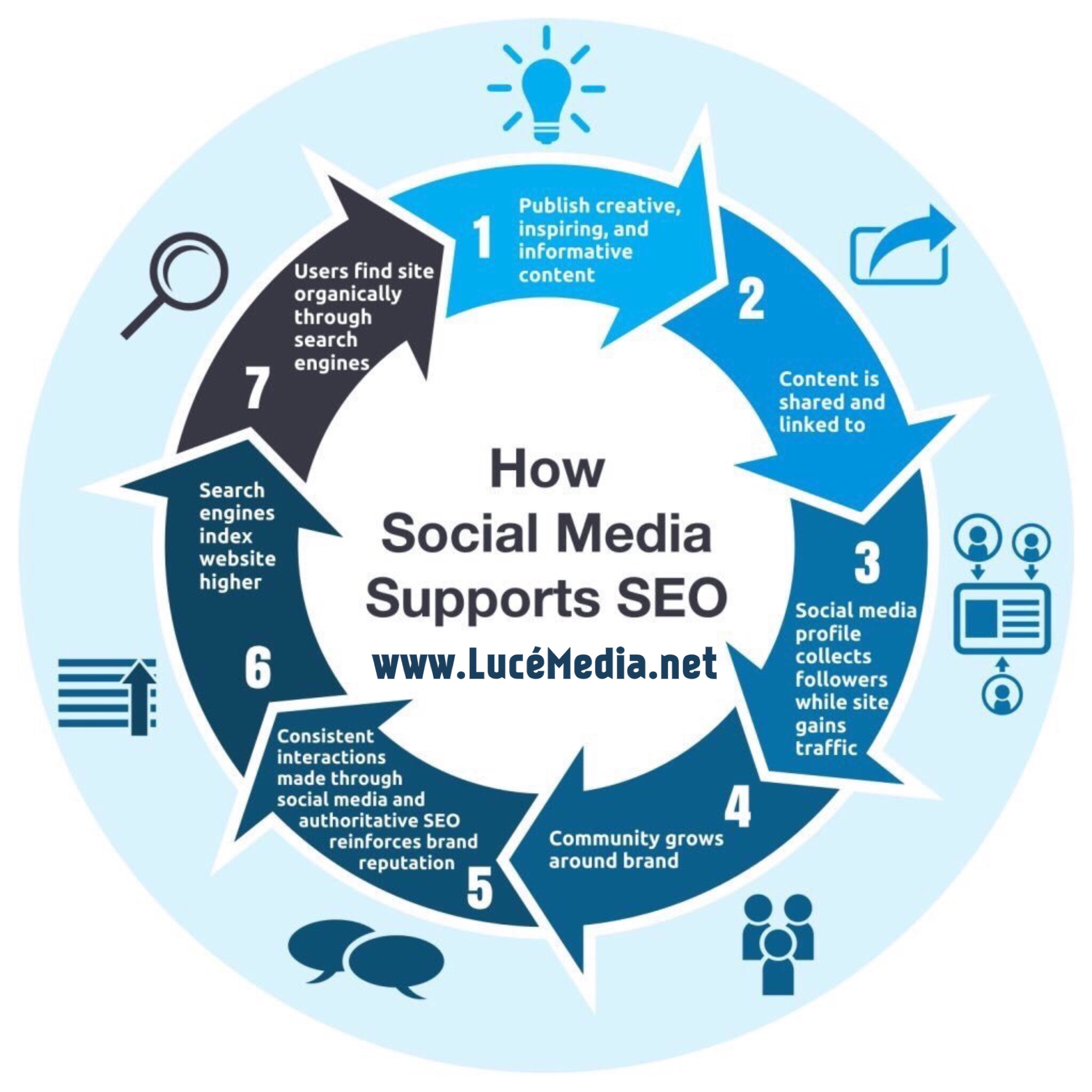Why Your Online Content Needs Both Social and Search Optimization
Optimized and socialized online content is essential for reaching information-hungry, multi-tasking audiences bombarded with new messages every day. For brands to be prominent on the search and social web for their customers, they’ll need to understand the best of each discipline and how to put them together.
Search engine optimization can deliver content-rich answers to buyers when they need it the most, and social media can provide the means to build relationships and engage. Both rely on great online content to achieve success.
While many marketers will debate what comes first (online content vs. social media vs. Search Engine Optimization), the handiest approach is to use the tactics necessary for your target audience to “be the best answer” wherever prospects are looking.
But here’s the thing: Google is a battleground for SEOs. Those who have adapted successfully and have real, on-the-ground experience can become some of the most valuable marketers you will ever find. Your most valuable hires (whether a marketer or an agency) will be both creative and analytical. Look for lateral thinkers who solve complex marketing problems through non-traditional, indirect, and/or innovative means. Those search engine optimizers still stuck on content marketing as “more fuel for keywords” and social media as “link building” should be avoided.
Goals and accountability are essential for an optimized and socialized online content marketing program to succeed. For an integrated approach, here are three of your most critical considerations to ensure content performs for customers and your brand — and issues your in-house marketers and agencies should be able to speak about fluently:
1. Attract: How will the particular content object attract exposure? Will your content perform as part of an ongoing narrative? Will it be a part of a sequence? Will it be connected to other content objects through links, repurposing, or curation? Content promotion on social networks will matter for attraction just as much as what phrases and questions are used for search engine optimization.
2. Engage: How will the content object be meaningful to the readers to interact, react, and respond to it? What context needs to exist for the content to be so relevant that it inspires action? Social media and search both play a role in developing the context for engagement. For example, when they interact with what they find, does the customer think, “Yes, that’s exactly what I was looking for,” or something else?
3. Convert: How will the optimized content object persuade the reader to take the next step? Each content object can play a role in guiding the reader from one stage to the next in a brand and customer relationship. From awareness to purchase to advocacy, conversions are happening at each stage — whether it’s sharing socially, subscribing to a newsletter, downloading a white paper, signing up for a webinar, filling out an inquiry form, or making a referral.
Within your content plan, think about how you can make these actions easy and intentional for the target customer. An optimized content plan means being accountable to discovery, how it’s best consumed and what messages will inspire action.
Remember, content is the reason search began in the first place. Ensure your team takes an integrated approach to incorporating search and social media with your content marketing programs — and that both your internal team and agency are accountable for attraction, engagement, and conversion. With that focus on accountability, the investment you make in high-quality, optimized and socialized content will pay returns over and over.
This article originally appeared in Chief Content Officer. (https://contentmarketinginstitute.com/2014/06/online-content-social-search-optimization/)





